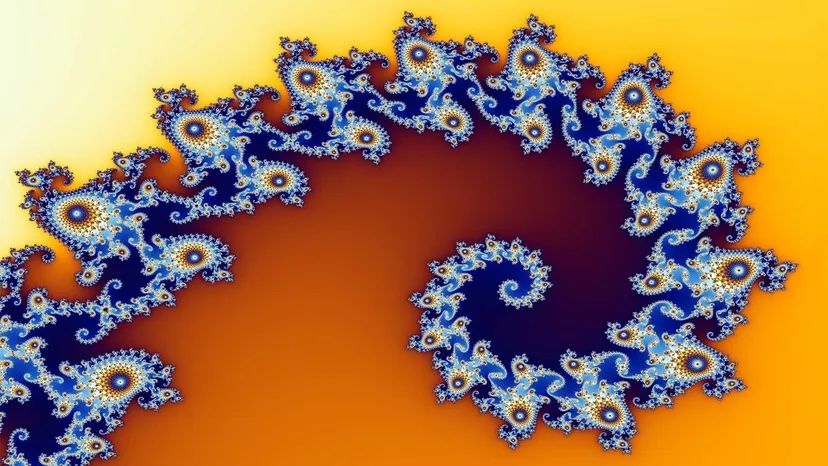
In a linear, cause-and-effect worldview, it would be tempting to think that the commonalities of relationship and emergence shared by Indigenous worldview and complexity theory means that complexity theory somehow “explains” or “quantifies” Indigenous worldview. But seeing their relationship as one of linear cause-and-effect would violate the principles of complexity itself, as well as of Indigenous reality! So that doesn’t work. How, then, are these two things so unexpectedly similar? More importantly perhaps, how are they different?
The pattern that plays out in a smaller or more restricted way in complexity theory, and that plays out in a larger or more complete way in Indigenous worldview, is a natural expression of the pattern of ontological reality itself. It’s written so deeply into reality that it plays out over and over, at every scale from small to large. The relationships between things are what matter, rather than the things in and of themselves as isolated entities, because higher-order phenomena including Knowledge and life itself emerge from these relationships. This pattern is written into the natural world, the fabric of reality. So the neurons in a human brain connect and pulse in synchrony — and perception emerges spontaneously. And the fungi, soil, microbes, plants, animals, rocks, unseen elements, people, and winds of a Place connect to one another and pulse in synchrony — and an ecosystem emerges spontaneously.
The place complexity theory hits a snag is the precise place that Indigenous worldview is grounded. Complexity science may find itself in a place where thunderstorms are alive, but this is not a happy conclusion for most of the people who understand the degree to which that statement is not metaphor (in the Western sense of the term). It’s one of the reasons so many scientists seem to keep trying to fit the complexity theory paradigm into their pre-existing paradigm of life itself. They’re stuck at an intermediate stage of a paradigm shift because Western culture’s paradigmatic definition of life simply has such deep roots that they can’t let go even long enough to find out how things might play out.
Aboriginal Apalech scholar Tyson Yunkaporta writes (2020:3), “There is a pattern to the universe and everything in it, and there are knowledge systems and traditions that follow this pattern to maintain balance, to keep the temptations of narcissism in check. But recent traditions have emerged that break down creation systems like a virus, infecting complex patterns with artificial simplicity, exercising a civilizing control over what some see as chaos. The Sumerians started it. The Romans perfected it. The Anglosphere inherited it. The world is now mired in it. The war between good and evil is in reality an imposition of stupidity and simplicity over wisdom and complexity.”
Questions to facilitate your conceptual weaving process:
Paula Gunn Allen has pointed out that Indigenous Story repeats and goes in circles and loops (Allen 2003:1-23). Indigenous Story can transmit Knowledge because it transmits the experience of the original, natural event to people who were not present so they can experience it for themselves. If enough of the elements are present and can form connections with each other and the person, the Knowledge that emerged from the event will emerge anew in this person (Adams et al 2015). The same thing can happen with Indigenous Art. Why is this observation about learning through Indigenous Story and Art (parts of Mythic Ways of Knowing) on this page?
Cree scholar Cash Ahenakew has written “when Indigenous knowledge is recognized by mainstream knowledge production mechanisms, it tends to be presented through the frames of Western epistemology rather than on its own terms” (Ahenakew 2016:327). The pages of this work that introduce a generalized Indigenous epistemic system — particularly those that use the Circle to model different ways of knowing — are my attempt to build a bridge that uses “frames of Western epistemology” to help people who are trying to shift into an Indigenous paradigm of the natural world go beyond the Eurocentric point of view that has so far limited them. We just expanded the concept of “mythic ways of knowing” in the question above this one. How do some of the other ways of knowing we’ve explored — those categorized very simply as experiential or relational, for example, or the learning that comes through a dream (which we “framed” as a spiritual way of knowing) — how does your understanding of these change as you consider them from the place you’re standing right now?
How does your understanding of participatory observation respond to all this?
How do natural patterns of reality relate to natural values?
How do natural patterns of reality relate to Indigenous law?
Click here to return to the list of pages at Weaving the Basket.
Click here for list of References.
